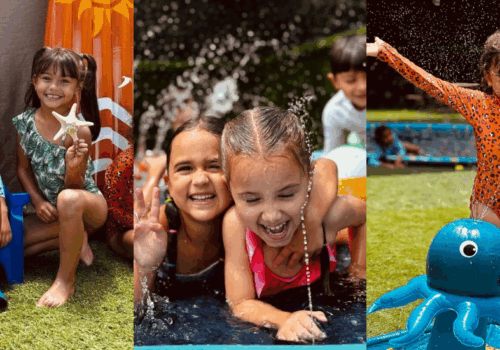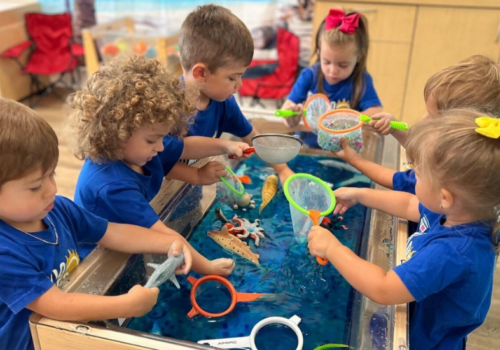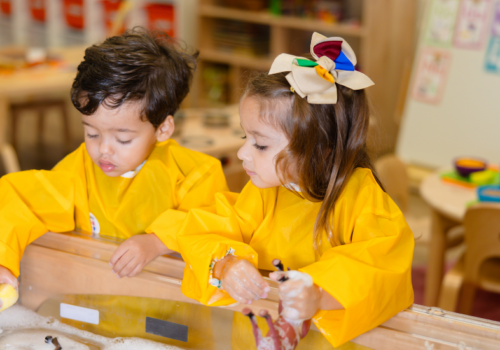Summer brings tons of fun, sunshine, and excitement for children and their families. It’s a…

How Does a Low Student-to-teacher Ratio Benefit Your Preschooler?
Parents want to ensure their child receives a high-quality education when they go off to preschool. According to the U.S. Bureau of Labor Statistics, 56% of families with toddlers and infants say it’s challenging to find childcare, leading to many parents utilizing pre-k programs for their toddlers. The best preschools offer a low student-to-teacher ratio and age-appropriate innovative activities to facilitate interaction and engagement for all their students.
1. Ensure Individualized Attention
Teachers with a low student-to-teacher ratio can provide more individualized attention and support. This balance ensures that each student’s particular learning styles are noted and taken into consideration during instruction time. Since teachers will be able to learn more about each of their students, they can focus classroom activities based on their needs. They can also promote greater engagement through modeling, conversation, and dialogues.
2. Spot Possible Diagnoses
Instructors at a school with a low student-to-teacher ratio have a better opportunity to get to know each child. This detailed understanding of each child’s personality, learning style, and needs allows the teachers to provide a more personalized approach and monitor progress. Any delays would most likely be caught on quickly which would allow timely referrals, screenings, and additional services when needed.
3. Provide Social Connections
The best preschool understands the importance of promoting emotional and social development during the early years. By fostering a balanced ratio of teachers to students, children can create meaningful connections and have greater opportunities for participation and involvement even for those with an introverted or shy personality.
4. Resolve Conflicts
Children learn crucial social skills when given the opportunity to interact with other children. Sharing, cooperating, negotiating, and resolving conflicts are just some of the skills they learn by playing and working with others. Lower student-to-teacher ratios give educators greater chances to observe and support social interactions among children which leads to the acquisition of valuable social skills. Learning these skills early in life contributes to higher emotional intelligence (EI) and a stronger social foundation.
The best preschool knows that environments with a low student-to-teacher ratio are the most beneficial for young children. Contact us at Key Point Academy Doral when you’re ready to discover more about our wonderful pre-k program.



